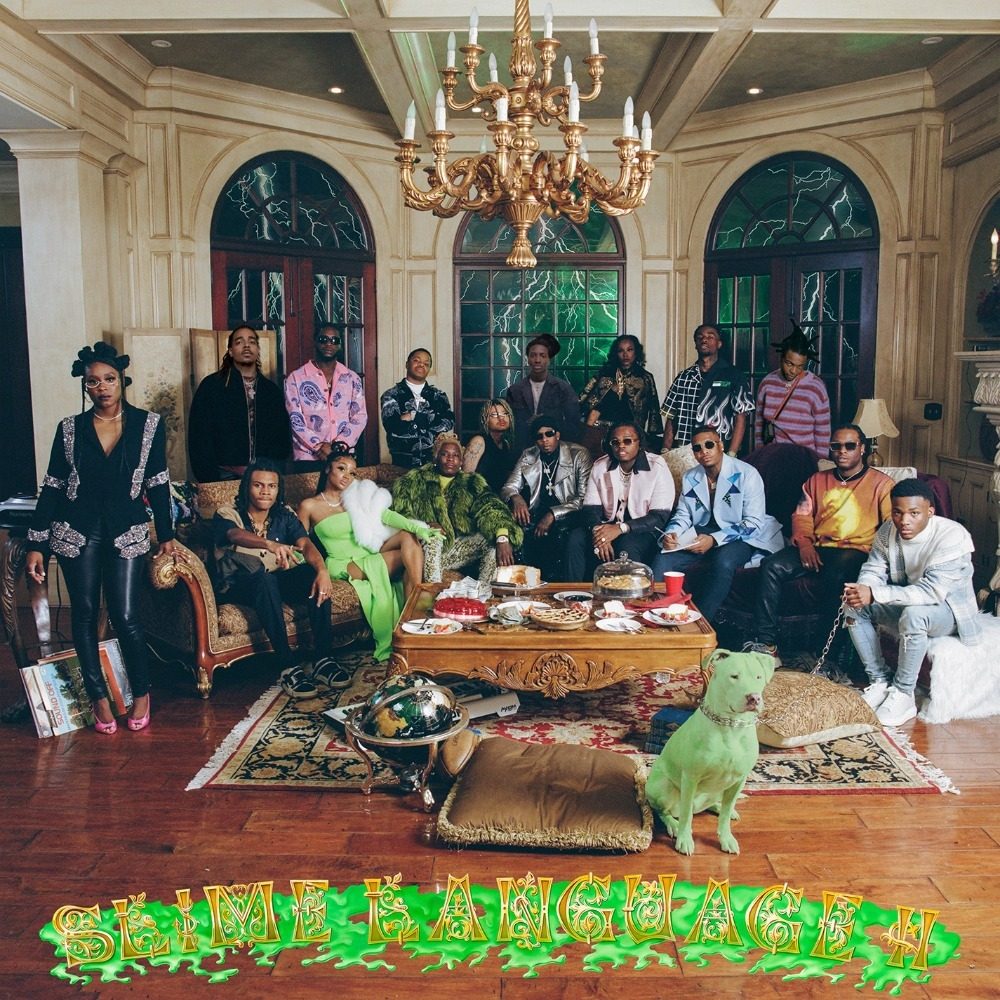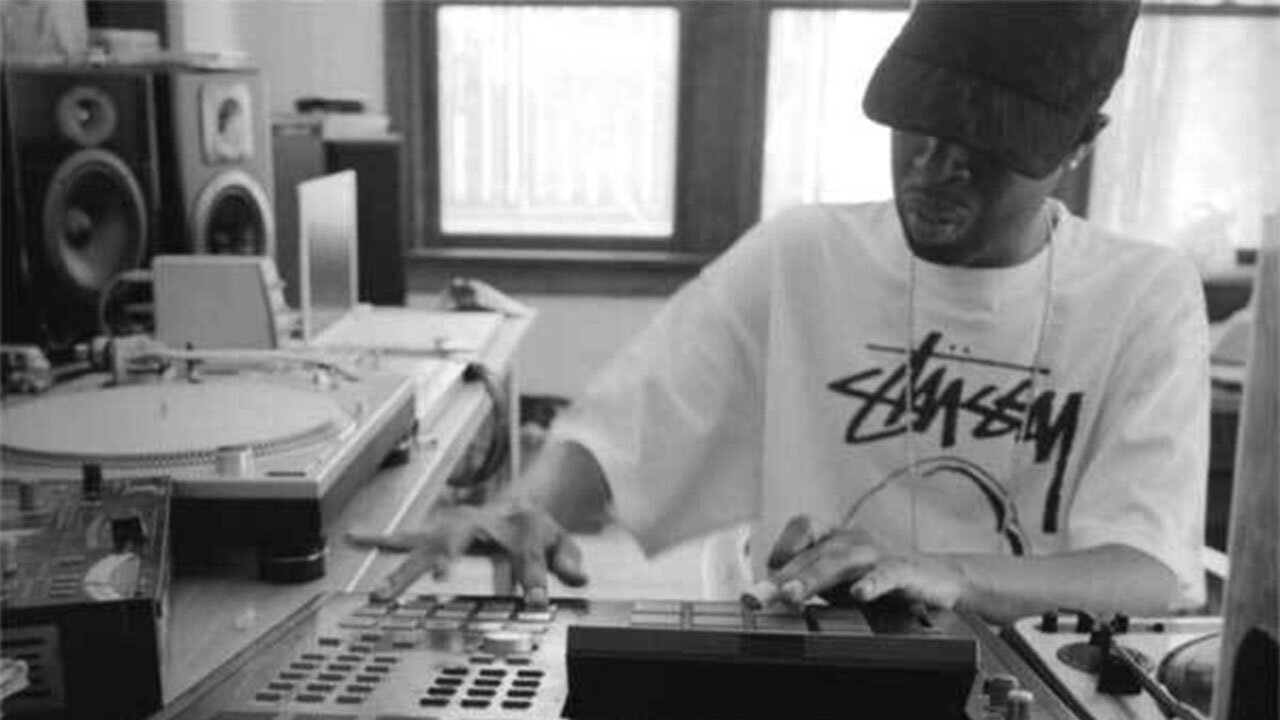President of Top Dawg Entertainment (TDE) Terrance Henderson Jr., aka Punch, took to Twitter last month to make a very blunt, yet sobering statement on the music industry today. “Music is very disposable right now,” his tweet read. As ambiguous and vague as the statement may appear, the tweet went semi-viral, sparking debates and vitriolic arguments in the comment section. Punch’s take on the music industry poses the age-old question for label executives like himself to determine how their brand does business: with quality, or quantity?
Since the music world has slowly migrated to and has become fully dependent on the internet, the industry moves at a bullet train pace. Albums release quicker and in larger quantities, artists go viral, make it big and fall off in the matter of months, and the average listeners attention span is dwindling year by year.
Just like any other business, at the end of the day, the music industry is designed to siphon as much revenue from its customers. And with listeners getting increasingly conservative with their time, the industry has adapted to survive. Albums that have a runtime greater than one hour are virtually extinct, when that was widely considered the norm to be considered a LP years ago. For example, to be considered for album of the year, the Grammy’s only require a project to be 15 minutes long. Record labels are more aggressive in recruiting talent that will satisfy a niche need for the time being rather than a generational talent that might require years of attention and work to produce a singular album. These two noticeable changes in the industry seem to be direct consequences of the dwindling of our collective attention spans, leading to the growing disposability of music.
But the conversation couldn’t have been started by a more perfect foil to the aforementioned trend. As the president of TDE, Punch directly influences the infamously sparse release schedule of the label. Although TDE is home to multiple once-in-a-generation artists, they rarely release music at the rapidity of their contemporaries. Kendrick Lamar, SZA and Isaiah Rashad all have not released new projects in nearly 4 years. A grand total of zero TDE artists have released an album this year. Additionally, the label is notorious for a lack of communication with its fans, another foil to the transparency required to keep up with the hurried nature of the industry. Despite their refusal to comply with the new norms of music, TDE is widely considered the best rap label in the world. And with founder Anthony “Top Dawg” Tiffith having a net worth of approximately $100 million, TDE is having absolutely no trouble financially.
So, is music becoming increasingly disposable, or are we simply unwilling to lend a genuinely attentive listen to new music anymore? Is the art of music slowly being replaced by a more disposable product that is made to sell, not inspire? When your parents throw on one of their old classic records, and claim “music died long ago, this is real music,” they might actually not be entirely incorrect, and science may also agree with them. In 2012, the Spanish National Research Council conducted a study analyzing 500,000 songs ranging from the years 1955-2010. Using a complex algorithm, the council measured the harmonic complexity, timbral diversity and the loudness of each of the songs. Unsurprisingly, through the advancements in technology and the rise of genres such as house music and dubstep, timbral diversity steadily decreased in the selected timeframe. Additionally, via technological advancements in music recording, loudness has increased. However, the most interesting statistic of the three was harmonic complexity, which constantly decreased, showing the songs have increasingly less diversity. This trend perfectly fits the narrative that music is being more of a product, one made to sell rather than to be original pieces of art.
So, music as a whole may be losing creativity and in turn quality, but what about the music that still excites and innovates?
In a subsequent post, Punch asked his fans to give him specific sets of time that fans would sit with an album based on its quality. One of the top replies read “Meh - 3 days, Mediocre - 1 week, Good - 1 month, Excellent - 3 months, Classic - 1 year.” Clearly, the term “timeless classic” doesn’t hold nearly as much weight as it did in the past. Although classics are fewer and far between nowadays, we still may not have the ability to give them the attentive ear they deserve. According to a study conducted by Microsoft in 2018, the average human being now has an attention span of eight seconds. This is a sharp decrease from the average attention span of 12 seconds in the year 2000.
Unsurprisingly, the main culprit of the decline is the emergence of streaming platforms. With an artist's entire catalog of music available at the touch of a button, the phenomenon of a new single or album releasing is undeniably diminished. As much as new music from one of our favorite artists may excite us, the temptation to find the next new thing is just too strong due to the accessibility of streaming. For that same reason, pop star Adele is notably against the disposability of the music medium, discouraging her fans from streaming her music and encouraging them to buy physical copies.
But the real music will never fade. Sure, more artists will have meteoric rises and falls, releasing music quicker than you can keep up with. But the Frank Ocean’s of the world, the Kendrick Lamar’s of the world, their music will still be analyzed, appreciated and consumed no matter how short our attention spans may be.




































